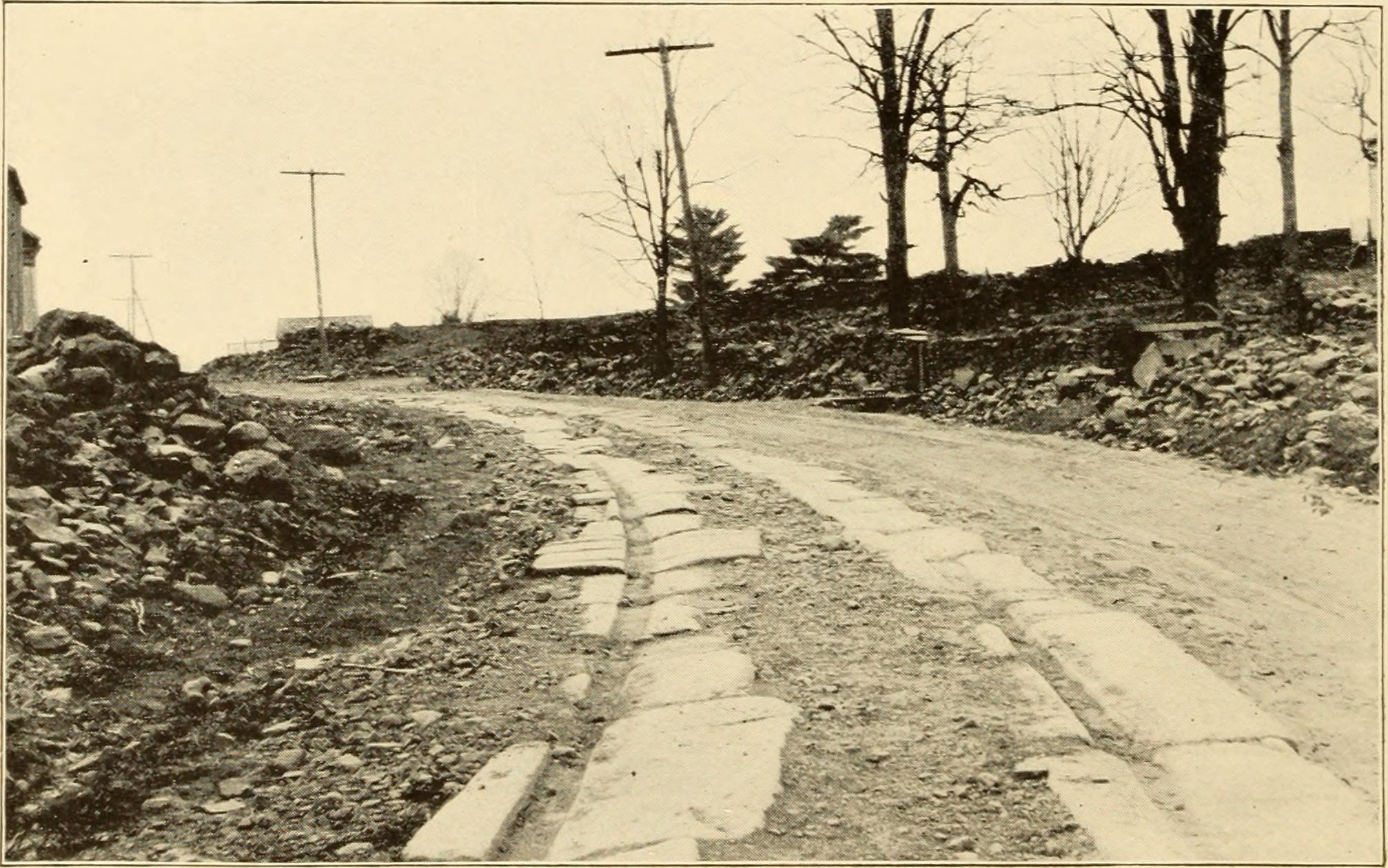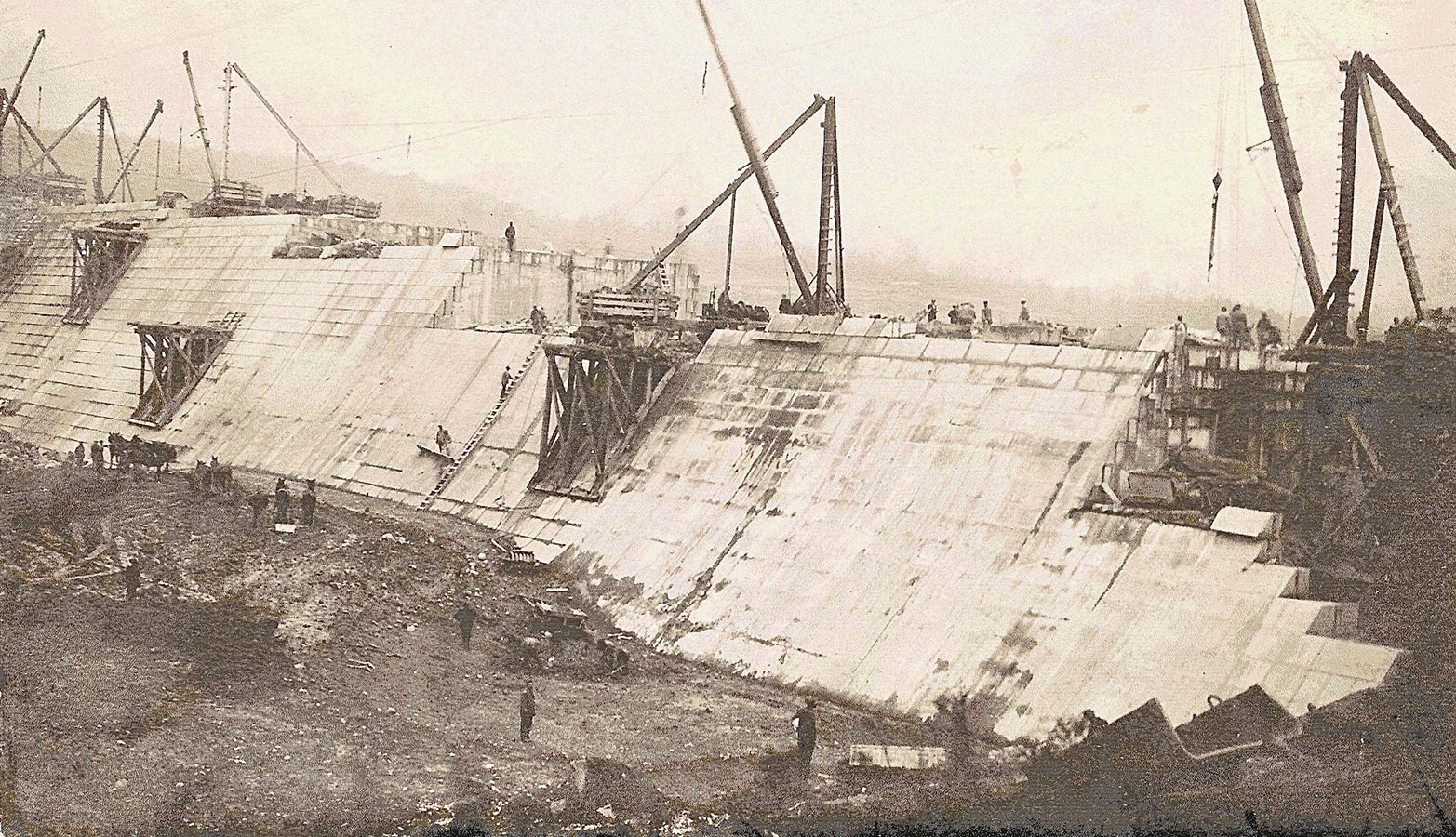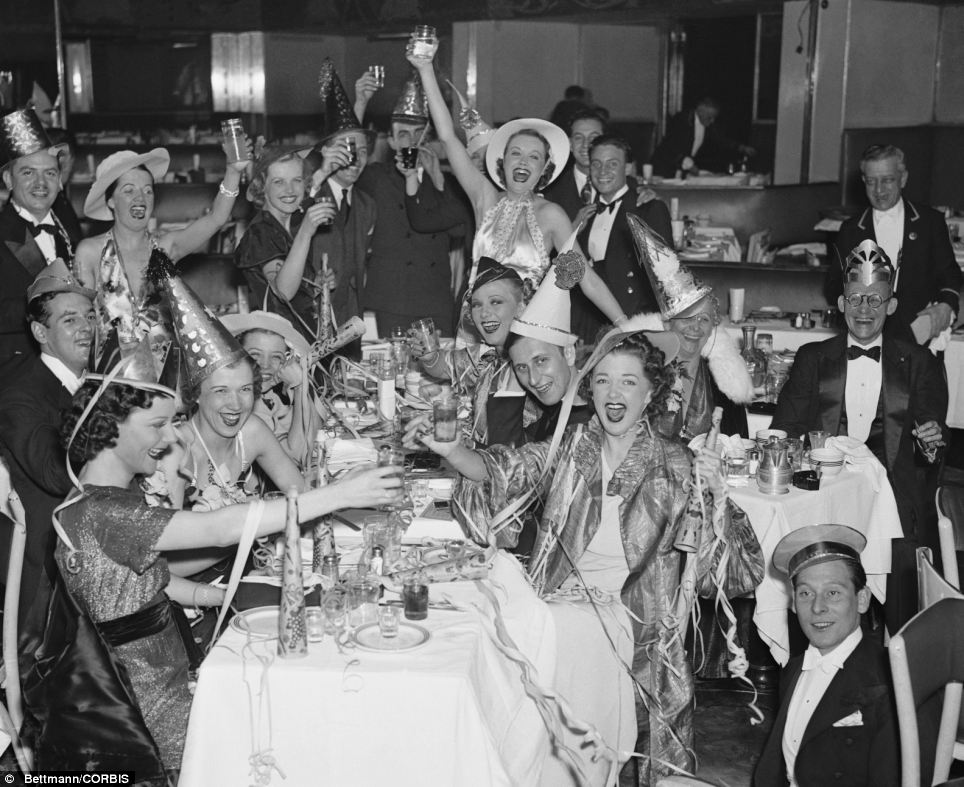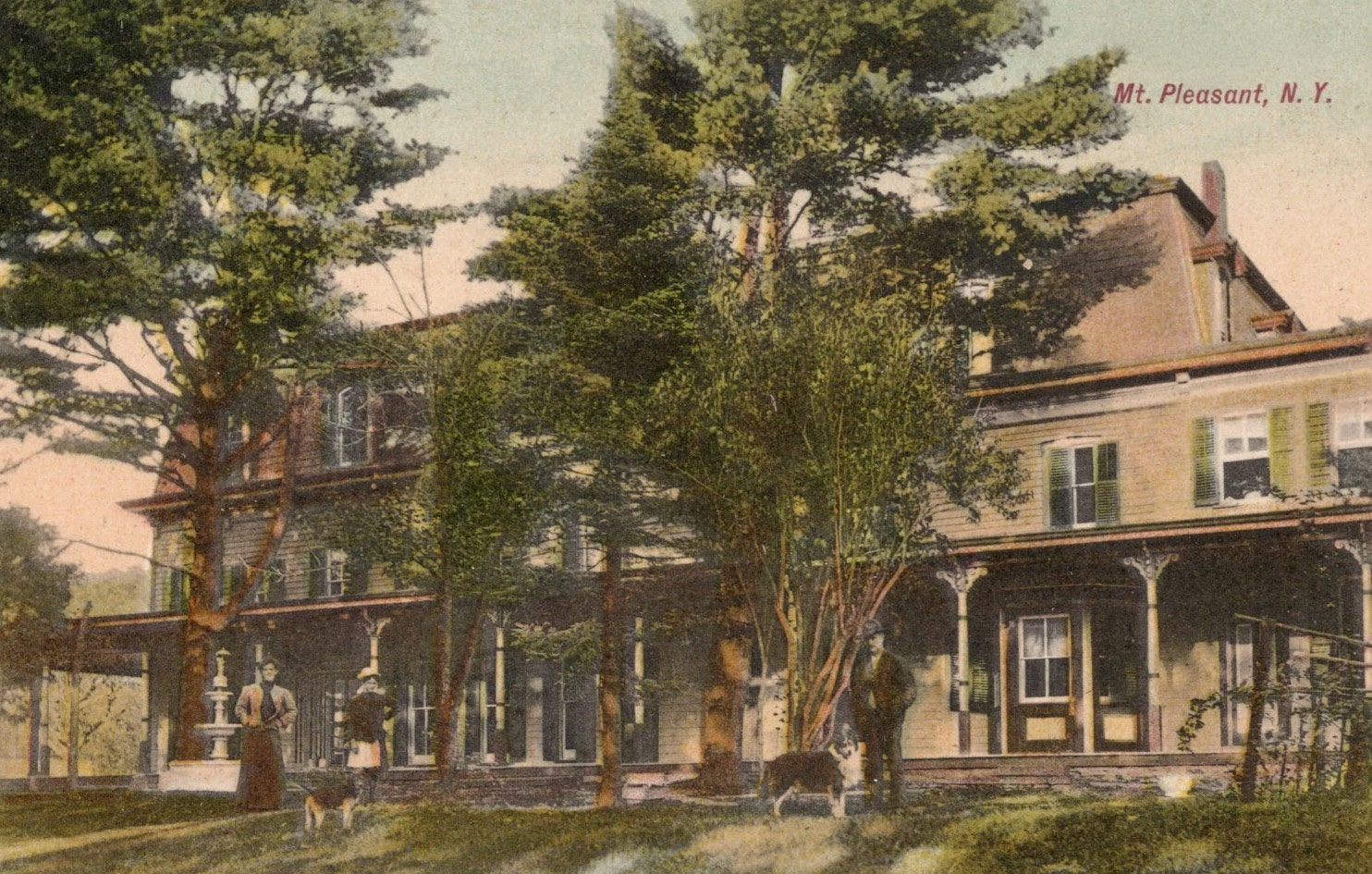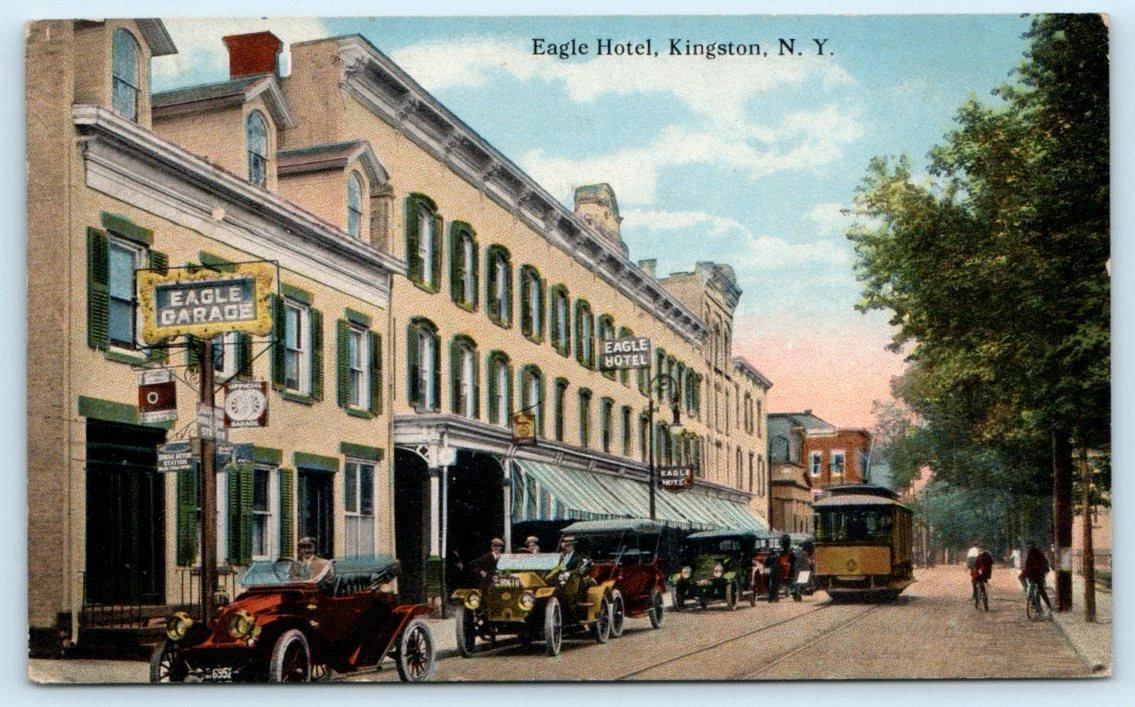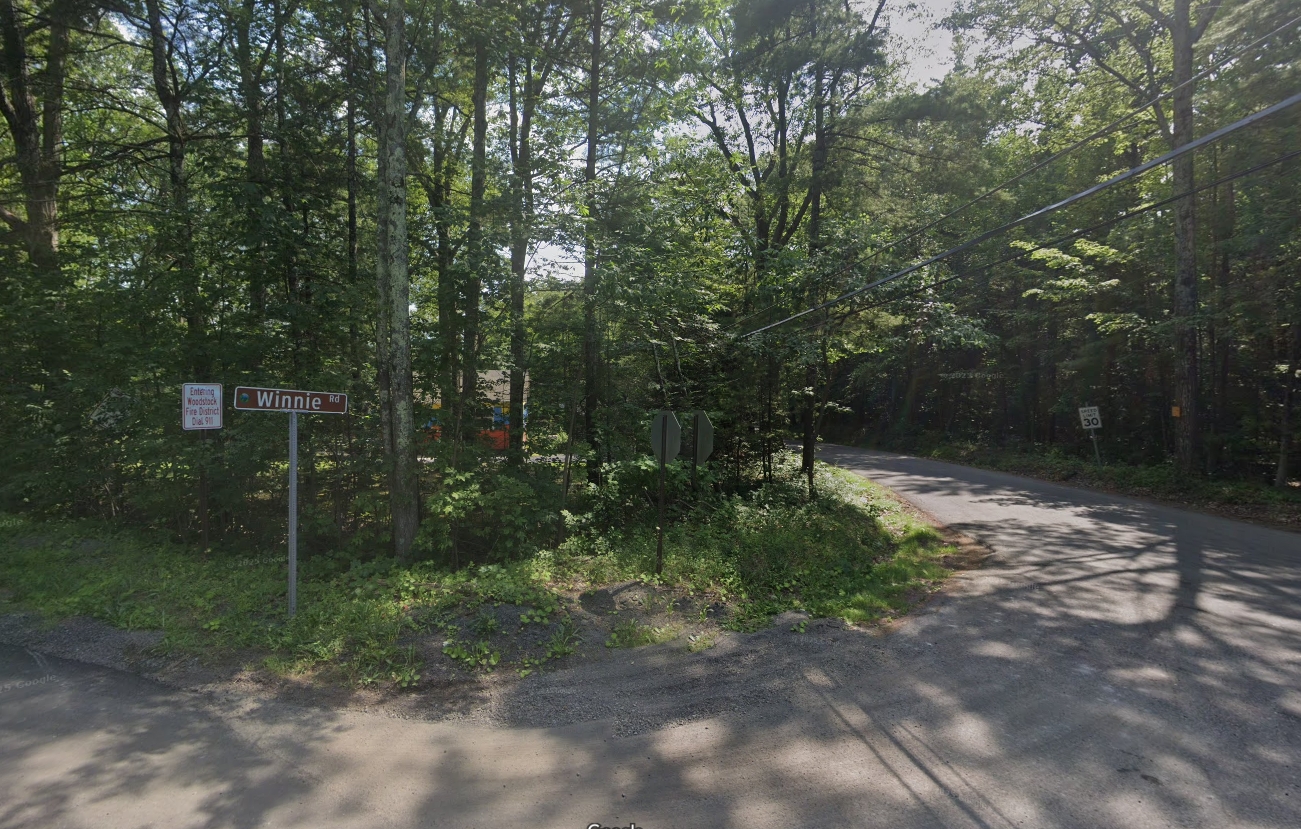Nestled in the heart of the Catskill Mountains, Route 28 is a vital artery that stretches from Kingston to Pine Hill, weaving through Ulster County’s rugged landscapes and historic hamlets.
Today, it’s a scenic byway offering breathtaking views and access to charming communities, but its origins trace back to the 19th century when it was a humble plank road and later a pioneering bluestone tollway. This blog post delves into the fascinating history of Route 28, from its beginnings as a one-track plank road under Davis Winne’s vision to its transformation into a bluestone-paved toll road that fueled the region’s booming bluestone industry.
The Birth of the One-Track Plank Road (1850s)
In the 1850s, the Catskills were a bustling hub of industry, particularly due to the discovery of bluestone—a durable, fine-grained sandstone ideal for sidewalks, curbstones, and building materials. The demand for bluestone in cities like New York, Albany, and beyond spurred the need for efficient transportation routes to move heavy stone from the quarries to the Hudson River docks at Kingston and Rondout. Enter Davis Winne, an enterprising figure who recognized the potential of connecting the bluestone quarries in the Delaware and Ulster Valley to the bustling port of Kingston.
Around the 1850s, Winne spearheaded the construction of a one-track plank road along what would later become part of Route 28. This rudimentary road, built primarily from hemlock planks, was designed to facilitate the transport of bluestone from quarries in areas like Sawkill and Hurley to the wharves at Wilbur and Rondout. The plank road was a significant improvement over the rugged wagon trails that preceded it, which were ill-suited for the heavy loads of stone hauled by horse-drawn wagons. However, the wooden planks were prone to wear and tear under the weight of stone-laden wagons, requiring frequent repairs that strained local resources. Despite these challenges, the plank road marked a critical step in connecting the Catskills’ interior to broader markets, laying the groundwork for the region’s economic growth.
The Bluestone Toll Road Revolution
By 1862, the limitations of the plank road were evident. The heavy traffic from the bluestone industry, coupled with the constant need for maintenance, prompted a bold innovation. Davis Winne, leveraging the region’s abundant bluestone resources, transformed the plank road into a bluestone-paved toll road. This “blue-stone track-way,” stretching eight miles from Kingston to the quarries in the Catskill Mountains, was a game-changer. The smooth, durable bluestone slabs provided an ideal surface for heavy loads, significantly reducing wear on wagon wheels and easing the burden on horses.
The toll road’s design was revolutionary for its time. The bluestone slabs, often cut directly from local quarries, were laid to create a smooth, stable trackway that could support the immense weight of stone shipments. Historical accounts note that loads of eight tons became standard for two horses, while three horses could haul up to twelve to fourteen tons, and in some cases, loads reached an astonishing seventeen tons. This efficiency allowed quarrymen to transport massive slabs—like a 20×24-foot, 9-inch-thick bluestone monolith weighing over 20 tons—to the docks with relative ease, often requiring only eight horses and a stone tramway.
The success of Winne’s bluestone toll road sparked a wave of similar projects across Ulster County. Branches and other bluestone trackways were constructed, forming a network that supported the region’s thriving quarries. These roads, often referred to as “stone tram roads,” were particularly prevalent in Ulster County, where the bluestone industry employed up to 10,000 people at its peak between 1870 and 1910. The toll system ensured maintenance funds, making the roads sustainable and profitable.
The Role of the Ulster and Delaware Railroad
The bluestone toll road’s prominence coincided with the rise of the Ulster and Delaware Railroad (U&D), chartered in 1866 as the Rondout & Oswego Railroad. By the 1870s, the railroad had extended from Kingston to Phoenicia, reaching Pine Hill by 1869 and other towns like Roxbury and Stamford by 1872. The U&D, advertised as “The Only All-Rail Route to the Catskill Mountains,” revolutionized transportation in the region. It provided a faster, more efficient means of moving bluestone to major shipping points at Kingston, Catskill, and Saugerties, where middlemen purchased the stone for distribution to cities along the Hudson River and beyond.
The railroad complemented the bluestone toll road, as the stone trackways were ideal for short hauls from quarries to railheads or docks. Teamsters navigated steep hills and long distances, often taking two to three days to transport stone from remote quarries to the docks. The combination of the toll road and the U&D made Ulster County the epicenter of the bluestone trade, with the finest quality stone commanding premium prices.
Challenges and Decline
Despite its early success, the bluestone industry and its associated infrastructure faced challenges by the late 19th century. The introduction of Portland cement in 1866 offered a cheaper alternative to bluestone for construction, leading to a gradual decline in demand. By the early 20th century, many quarries were exhausted, and the costs of cartage, tolls, and rent left quarrymen with dwindling profits. The bluestone toll roads, while durable, saw decreasing use as railroads and later automobiles and trucks took over. The construction of the Ashokan Reservoir, completed in 1915, further impacted the industry by flooding quarries in areas like West Hurley and Olive Bridge, burying significant portions of the bluestone infrastructure underwater.
The Ulster and Delaware Railroad also struggled as passenger and freight traffic shifted to improved highways and private vehicles by the 1920s. The Great Depression exacerbated these challenges, and by 1932, the U&D was acquired by the New York Central. The bluestone toll roads, once bustling with activity, faded into obscurity, though remnants of their legacy remain in the region’s historic sidewalks and structures.
Route 28 Today: A Scenic Legacy
Today, Route 28 is a far cry from its plank road and bluestone tollway days. Designated as part of the Catskill Mountain Scenic Byway, it spans 52 miles through Ulster and Delaware Counties, offering stunning views of the Catskill Park’s peaks, forests, and streams. The modern highway follows a straighter course than the original winding routes, crossing the Esopus Creek multiple times and incorporating engineering marvels like the double horseshoe curve between Pine Hill and Highmount, a vestige of the U&D’s challenging ascent.
While the bluestone toll roads have largely disappeared, their legacy endures in Kingston’s historic districts, where bluestone sidewalks and curbstones remain a defining feature. Organizations like the Friends of Historic Kingston advocate for their preservation, recognizing bluestone as a cultural and historical touchstone. The Bluestone Wild Forest, near Onteora Lake, offers a glimpse into the region’s quarrying past, with trails winding through abandoned quarries and hemlock forests.
Conclusion
The history of Route 28 from Kingston to Pine Hill is a testament to human ingenuity and the Catskills’ industrial past. From Davis Winne’s one-track plank road in the 1850s to the innovative bluestone tollway of 1862, this route played a pivotal role in transforming Ulster County into a bluestone powerhouse. Though the industry has waned, the echoes of those heavy-laden wagons and the smooth bluestone slabs they traveled on remain in the region’s landscapes, architecture, and collective memory. The next time you drive along Route 28, take a moment to appreciate its humble beginnings as a plank road and its rise as a bluestone lifeline that connected the Catskills to the world.
Sources
– Town of Kingston NY – Bluestone Industry[](https://www.tokny.us/town-historian/bluestone-industry/)
– Opus 40 – Before Harvey Fite, Bluestone Quarries Thrived[](https://opus40.org/cool_timeline/before-harvey-fite-bluestone-quarries/)
– Ulster and Delaware Railroad – Wikipedia[](https://en.wikipedia.org/wiki/Ulster_and_Delaware_Railroad)
– Popular Science Monthly – The Great Bluestone Industry[](https://en.wikisource.org/wiki/Popular_Science_Monthly/Volume_45/July_1894/The_Great_Bluestone_Industry)
– Catskill Mountains Scenic Byway – History of the Railroads[](https://sceniccatskills.com/itineraries-by-interest/history-of-the-railroads/)
– Chronogram Magazine – A Road Trip Down Route 28[](https://www.chronogram.com/hv-towns/route-28-road-trip-ny-18661718)
– NYSDEC – Bluestone Wild Forest[](https://dec.ny.gov/places/bluestone-wild-forest)
– Friends of Historic Kingston – Bluestone Timeline[](https://www.fohk.org/welcome/preservation-2/bluestone-timeline/)
– Hudson Valley One – Bluestone Preservation[](https://hudsonvalleyone.com/2017/04/10/friends-of-historic-kingston-advocate-for-bluestone-preservation-in-the-city/)
– Delaware County NY Genealogy and History Site[](https://www.dcnyhistory.org/books/marghst1.html)
